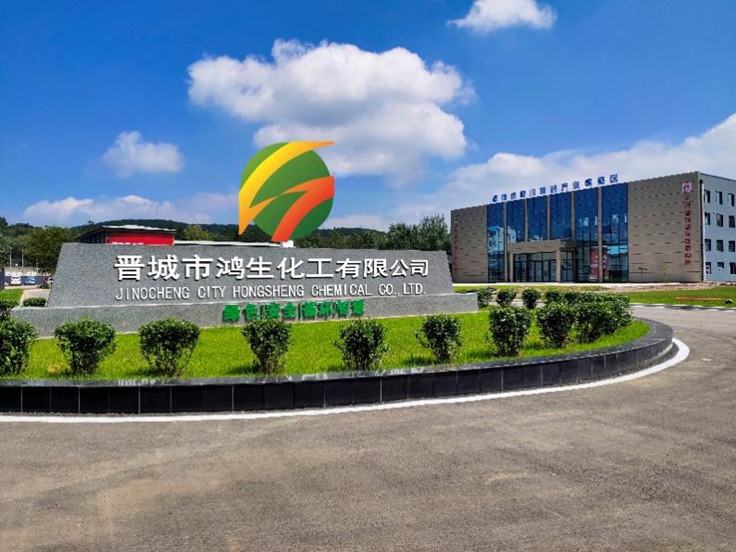Product Center
Contact Us
East street,Pingcheng Town,Lingchuan County,Jincheng City,Province,China
+86-13935680677
Context of the era in which supply chain management is proposed
Author:
Source:
1. Global integration
Throughout the world's technological and economic development, the degree of global integration is increasing and cross-border operations are becoming more and more common. As far as manufacturing is concerned, the design of a product may be in Japan, while the procurement of raw materials may be in mainland China or Brazil, and the production of parts and components may be carried out simultaneously in China, Taiwan, Indonesia, etc., and then assembled in mainland China and finally sold to the rest of the world. Before the product enters the consumer market, a considerable number of companies are in fact involved in the manufacturing of the product, and due to different geographic locations, production levels, and management capabilities, a complex network of supply chains for the production of the product is formed. In the face of fluctuations in market demand, once such a supply chain lacks effective systematic management, the "whiplash effect" will inevitably be amplified in all segments of the supply chain, thus seriously affecting the value output of the entire supply chain. Since the industrial revolution, global product production has become increasingly abundant, product consumers have more and more choice of products, and technological advances have brought about the continuous updating and upgrading of certain products (e.g. electronic products). Shorter product life cycles have led to increased volatility in product demand. Market supply and demand pattern on the supply chain adaptability requirements reached an unprecedented height, in the field of production management, demand-oriented "pull" production theory, JIT manufacturing theory, flexible production theory have been put forward, and has entered the practice stage.
2. The development of horizontal industrial model
Carefully observe the generation of personal computers in the 1980s and its subsequent development, we found that the development of PC manufacturing industry not only brought the technological progress of electronic products, the world into the information age, but also triggered a huge change in the world's industrial model. Due to IBM's strategic mistakes, ignoring the strategic position of the PC market, after the development of the PC standard, will belong to the PC core technology of the central processor and OS research and development and production were outsourced to Intel and Microsoft, within a short period of 10 years, these two companies have developed into a world-class giants, monopolizing the industry's manufacturing standards, and at the same time also changed the IBM Continued for decades of vertical industry model, when IBM intends to re-enter the field of desktop operating systems and microprocessor systems involved in the development of OS/2 and Power chips expected to be pushed to the desktop market, were met with a bitter failure. 70s IBM monopoly of the era of everything is gone. When IBM realized that it no longer had an advantage in the field, it continued to cooperate with Microsoft and Intel to make the horizontal industry model better. On the contrary, although Macintosh monopolized the production of its own hardware and operating system, it was incompatible with IBM compatibles, thus losing a large number of users who wished to use certain software on the Windows platform and limiting its development.
Another example occurs in the field of the automobile industry, also in a similar era, the same change occurred, automobile parts suppliers separated from the vehicle manufacturers and gradually formed some giants in the parts manufacturing industry. This revolutionary paradigm change is slowly taking place throughout the world, gradually making people realize that today it is almost impossible for one huge enterprise to control all the links from the source of the supply chain to the distribution of the products, but rather, at each link, there are some enterprises occupying the core strengths, expanding this dominant position through horizontal development, and concentrating resources to develop this dominant capability. The modern supply chain will be interlocked by these enterprises with core advantages. At the same time, the theory of enterprise alliance and synergy is being formed to support the formation and development of this stable chain structure.
3. Enterprise Re-engineering
Recall that 11 years ago, the United States Massachusetts Institute of Technology computer professor Michael Hammer (Hammer) and CSC Consultants, James Champy (James Champy) jointly published the "business process reengineering business management revolution declaration". The book pinpointed the shortcomings of today's organizational management system - departmental fragmentation and strict hierarchy, and gave the concept of BPR, in the hope of breaking departmental boundaries, reshaping business processes. This era is the information age of rapid development of information technology, the biggest revolution in the information age is the application of computer networks, and the biggest change brought by computer networks is sharing. People realize that the interdepartmental boundaries are due to the monopoly of knowledge and data resources brought about by the monopoly of the right to monopoly caused by the computer technology through information sharing, transparency of the operation of the internal processes of the enterprise to break this monopoly.
efficiency
sodium cyanide device



